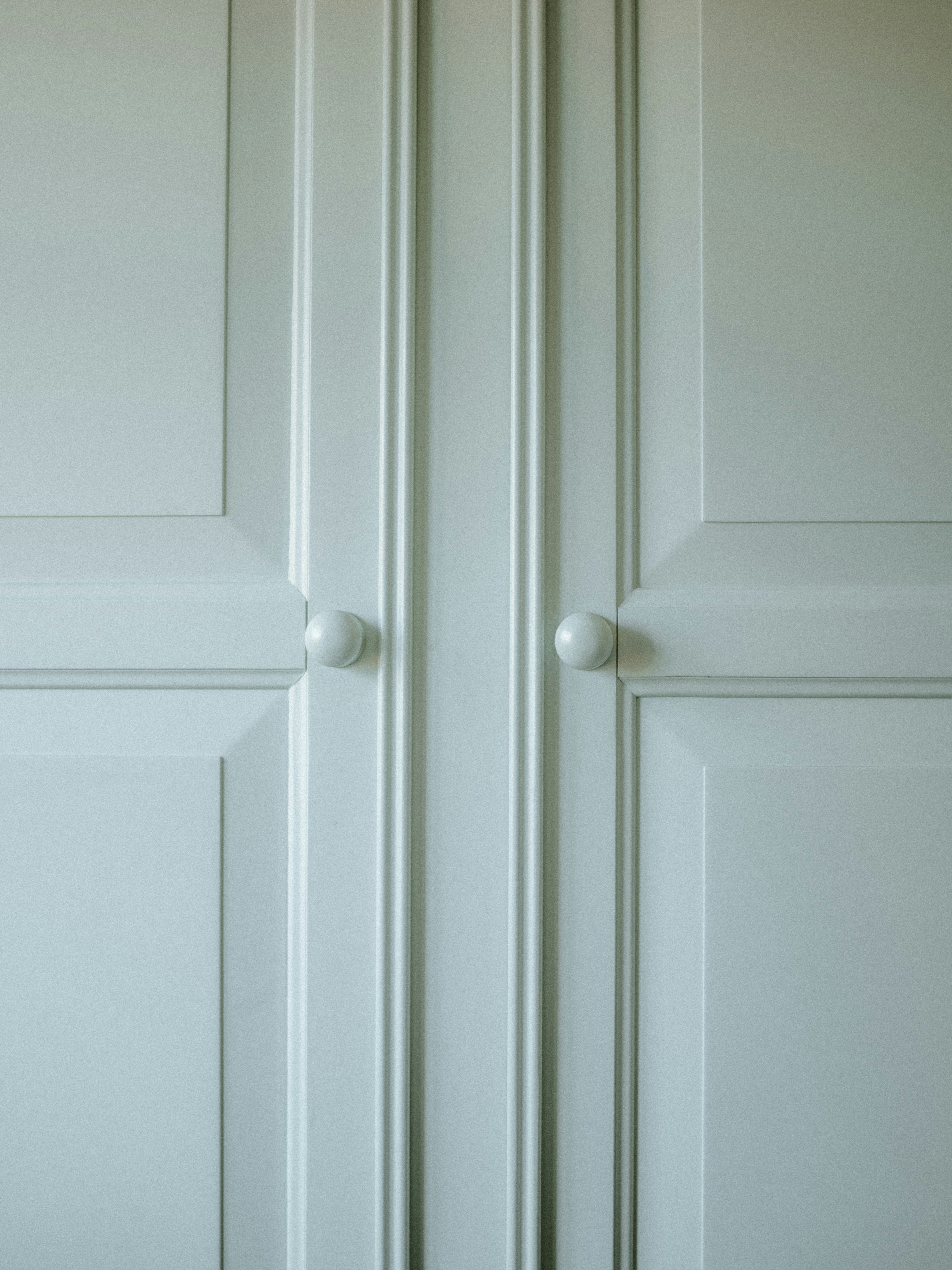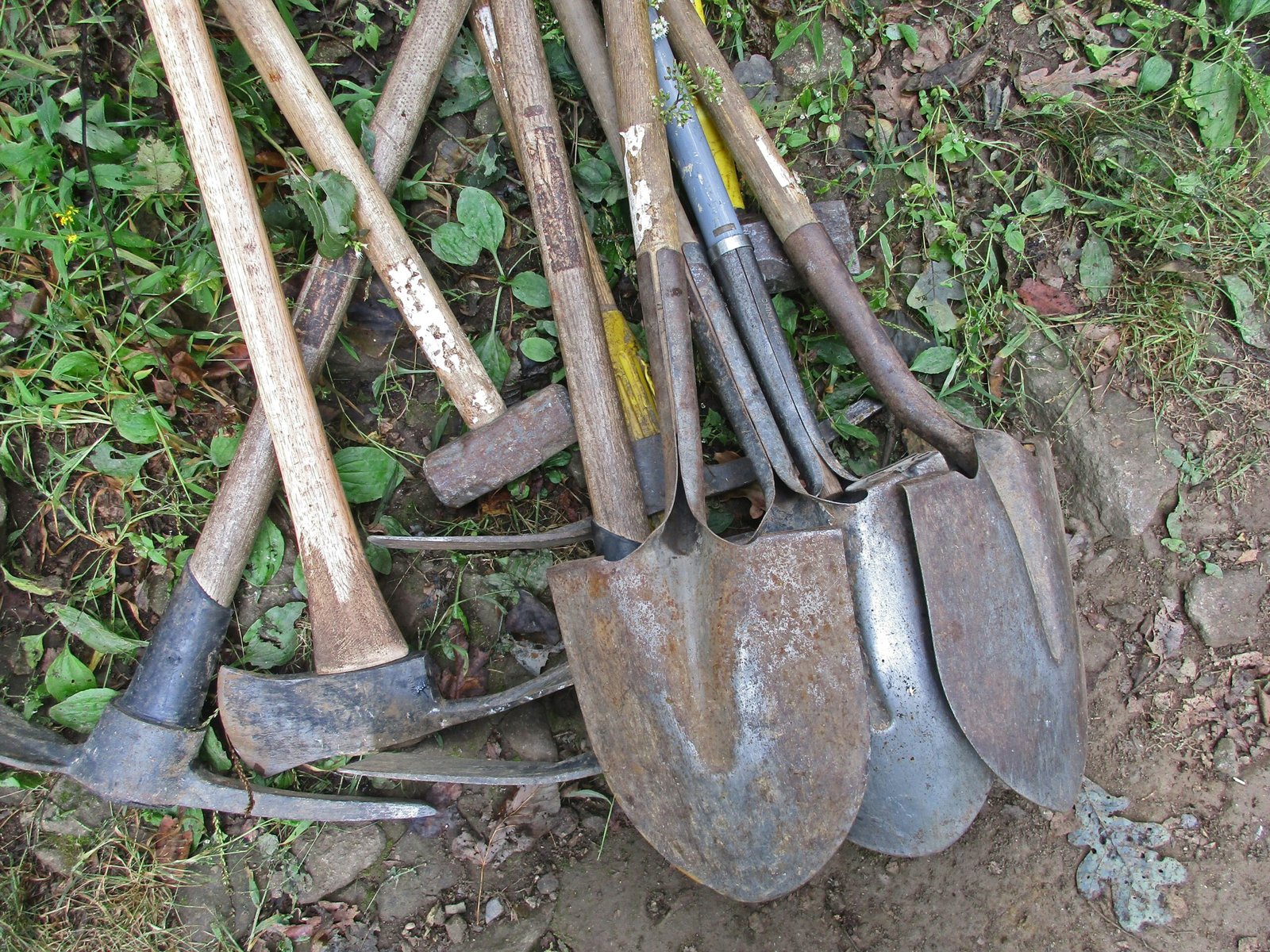Understanding the Importance of Cabinet Hardware
Cabinet hardware plays a critical role in the overall interior design and functionality of cabinetry. The right choice of handles, knobs, and pulls can not only enhance the aesthetic appeal of kitchens and bathrooms but also contribute to the efficient use of space. When designing or renovating a room, many homeowners tend to overlook cabinet hardware, often perceiving it merely as a functional component. However, the significance of these accessories extends far beyond their practical use. They serve as a bridge between functionality and style, transforming standard cabinetry into cohesive elements within the overall design.
Different styles and finishes of cabinet hardware can dramatically alter the look of a room. For instance, sleek, modern hardware in stainless steel or matte black can give a contemporary feel, while antique bronze knobs may evoke a sense of classical charm. Finishes can be chosen to complement existing features such as countertops, sinks, or furniture, ensuring a harmonious design across the space. Additionally, considering the scale and design of the cabinet doors is essential when selecting hardware, as it must be proportionate to ensure a balanced look.
Another common misconception is that cabinet hardware lacks variety, but in reality, there is a plethora of options available to suit every taste and design scheme. From minimalist styles to ornate designs, there is truly something for everyone. Selecting the right hardware can create a focal point or seamlessly blend with the cabinetry, enhancing the overall ambiance of the kitchen or bathroom. The importance of cabinet hardware should not be underestimated, as these small elements are integral to achieving a polished, professional look in home design.
Tools and Materials Needed for Installation
When embarking on a professional cabinet hardware installation project, it is vital to gather the appropriate tools and materials to ensure a smooth and efficient process. Essential tools include a power drill, which is crucial for creating pilot holes and driving screws into various cabinet materials. A set of screwdrivers, both flathead and Phillips, will be necessary for handling different types of screws. Additionally, a tape measure is indispensable for accurately measuring distances between hardware mounting points, allowing for even and aesthetically pleasing alignment.
To achieve precise installation, a level is essential for ensuring that hardware is mounted straight, preventing any future adjustments. A marking tool, such as a pencil or chalk line, can help indicate where the hardware should be placed, providing a clear guide for installation. Moreover, gluing or anchoring materials such as wood screws or wall anchors may be required depending on the cabinet material—be it wood, MDF, or metal—ensuring that the hardware remains securely attached.
Choosing the correct screws and anchors is not merely a matter of preference but also of practicality. For wooden cabinets, wood screws are often the best choice, while wall anchors can be essential for attaching hardware to hollow or composite surfaces. Furthermore, it is important to select appropriate cabinet hardware that matches both the style and finish of the cabinets. Different types of hardware, such as knobs, pulls, and hinge systems, may be needed based on the cabinet design, which contributes to an overall seamless appearance that closely resembles a built-in installation. By integrating suitable tools and selecting the right materials, one can achieve a professional and polished look for any cabinetry project.
Step-by-Step Guide to Installing Cabinet Hardware
To achieve a polished and professional appearance when installing cabinet hardware, it is vital to follow a systematic approach. Begin by gathering the necessary tools, which typically include a drill, measuring tape, level, screwdriver, and a pencil. Proper preparation is essential for ensuring precision in the installation process.
Start the installation by measuring the positions for your hardware. For handles or pulls, a common recommendation is to position them approximately 2-3 inches from the top or bottom of the door or drawer front. Mark these positions clearly using a pencil. If you are installing multiple pieces of hardware, it is advisable to use a template for consistency. This helps avoid mistakes that can lead to misalignment.
Next, using a drill, carefully drill holes at the marked positions. To prevent damaging the wood, particularly if working with soft materials, consider using a drill bit that is slightly smaller than the size of your screws. Additionally, to avoid splintering, it may be useful to place painter’s tape over the area before drilling.
Once the holes are drilled, it is time to secure the hardware. Place the handle or pull over the drilled holes, aligning it properly before inserting the screws from the back. Tighten the screws gently, ensuring not to over-tighten, which can cause damage to the wood or finish. Moreover, aligning doors and drawers is crucial for a built-in aesthetic. Use a level to check for correct alignment and make adjustments as necessary.
Lastly, after securing all hardware, step back and assess your work. Ensure that all handles and pulls function smoothly and that there are no misalignments. With attention to detail and adherence to these steps, your cabinet hardware installation will have a professional finish, enhancing the overall look of your cabinetry.
Finishing Touches and Maintenance Tips
Achieving a professional cabinet hardware installation greatly enhances the overall aesthetic and functionality of your kitchen or cabinetry. However, to ensure longevity and maintain a high-end custom look, paying attention to finishing touches and routine maintenance is essential.
One of the crucial steps in enhancing the installed cabinet hardware is ensuring that it is clean. Regularly dusting the hardware with a soft, dry cloth prevents the buildup of dirt and grime, which can affect its appearance and functionality. For more stubborn stains or fingerprints, using a mild soap solution is advisable. Avoid harsh chemicals, as they can damage the finish of the hardware over time. Remember that different materials—such as brushed nickel, brass, or chrome—may require specific care techniques to keep them looking their best.
Accessorizing with complementary decor elements can significantly elevate the overall look of your cabinetry. Consider matching cabinet hardware with other metal elements in the space, such as light fixtures, faucets, or appliances. This creates a cohesive appearance that makes the hardware appear intentionally integrated rather than added last minute.
Over time, minor adjustments may be necessary to maintain the seamless appearance of your cabinet hardware. Regularly check for loose screws or hinges and tighten or replace them as needed. If you notice any issues, such as misalignment or difficulty in opening and closing doors, addressing them promptly is key to maintaining both functionality and aesthetics.
Incorporating these finishing touches and maintenance tips will ensure that your installed cabinet hardware not only looks great but also remains durable for years to come. By taking care of your hardware and making necessary adjustments, you can maintain that sophisticated, custom-installed appearance, reinforcing the investment you’ve made into your cabinetry.
If you’re interested in purchasing the item you seek, please click the link for additional details: #americanachoice.
https://amzn.to/3SBN3Oy
AFFILIATE DISCLOSURE: I am an affiliate for this company, I am not a paid employee.
I may receive a commission if you click a link on this page and choose to purchase something.
You can rest assured I will only share things I believe in and will be valuable to you.



